Search
Search Results

Image
East India Docks
An 1808 coloured print showing the docks of the East India Company, known as the East India Docks, at Blackwall in London. (British Museum, London).

Definition
Near East
The Near East is a modern-age term for the region formerly known as the Middle East comprising Armenia, Cyprus, Egypt, Iraq, Iran, Israel, Jordan, Lebanon, Palestine, Syria, and part of Turkey, corresponding to ancient Urartu, Mesopotamia...
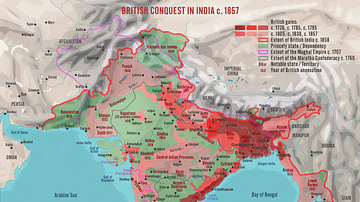
Image
British Conquest in India c. 1857
A map illustrating the aggressive, opportunistic, and, most times, chaotic expansion of British rule in the Indian subcontinent following the Battle of Plassey (1757) until the eve of the Indian Rebellion of 1857 through the East India Company’s...
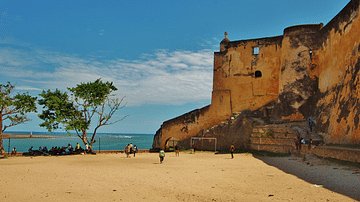
Article
The Portuguese in East Africa
The Portuguese first took an interest in East Africa from the beginning of the 16th century as their empire spread eastwards across the Indian Ocean. Trade in the region was already well-established and carried out by Africans, Indians, and...

Definition
Indian Princely States
The Indian Princely states (aka Native States or Princely India) were those states in the Indian subcontinent the British did not conquer but which were typically bound by treaty first to the East India Company and then to the British Crown...

Image
The East India House Inscription
Building Babylon: this inscribed stone was found at the ruins of Babylon and described the religious devotion and civic achievement of king Nebuchadnezzar II. The long inscription records that as well as building the Processional Way and...
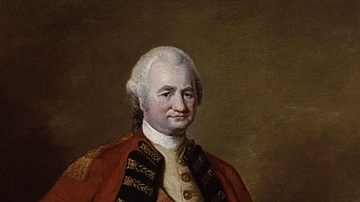
Definition
Robert Clive
Robert Clive (1725-1774), also known as 'Clive of India' and Baron Clive of Plassey, masterminded the expansion of the East India Company in India. Best known for his victory at Plassey in Bengal in 1757, Clive's reputation suffered in his...
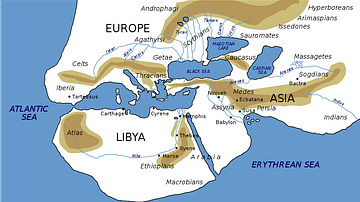
Article
Ancient Geography of India
The first text in Greek devoted entirely to India was written by Ctesias in the fourth century BCE. Only fragments of it survive. Yet he was probably the most widely quoted author on India, although Aristotle treated him with contempt. However...
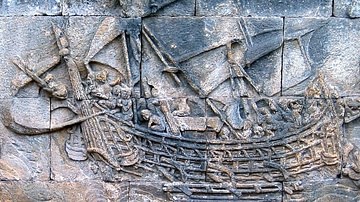
Article
Naval Warfare in Ancient India
The navy in ancient India carried out three roles: it was used to transport troops to distant battlefields, participate in actual warfare, and was primarily meant for protecting the kingdom's trade on sea and navigable rivers and the maritime...
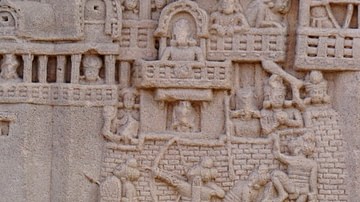
Article
Siege Warfare in Ancient India
Forts and sieges held a key position in ancient Indian warfare. Built on considerations of strategic location, topography, and the natural advantages provided by the site, forts would be heavily supplemented with man-made fortifications...